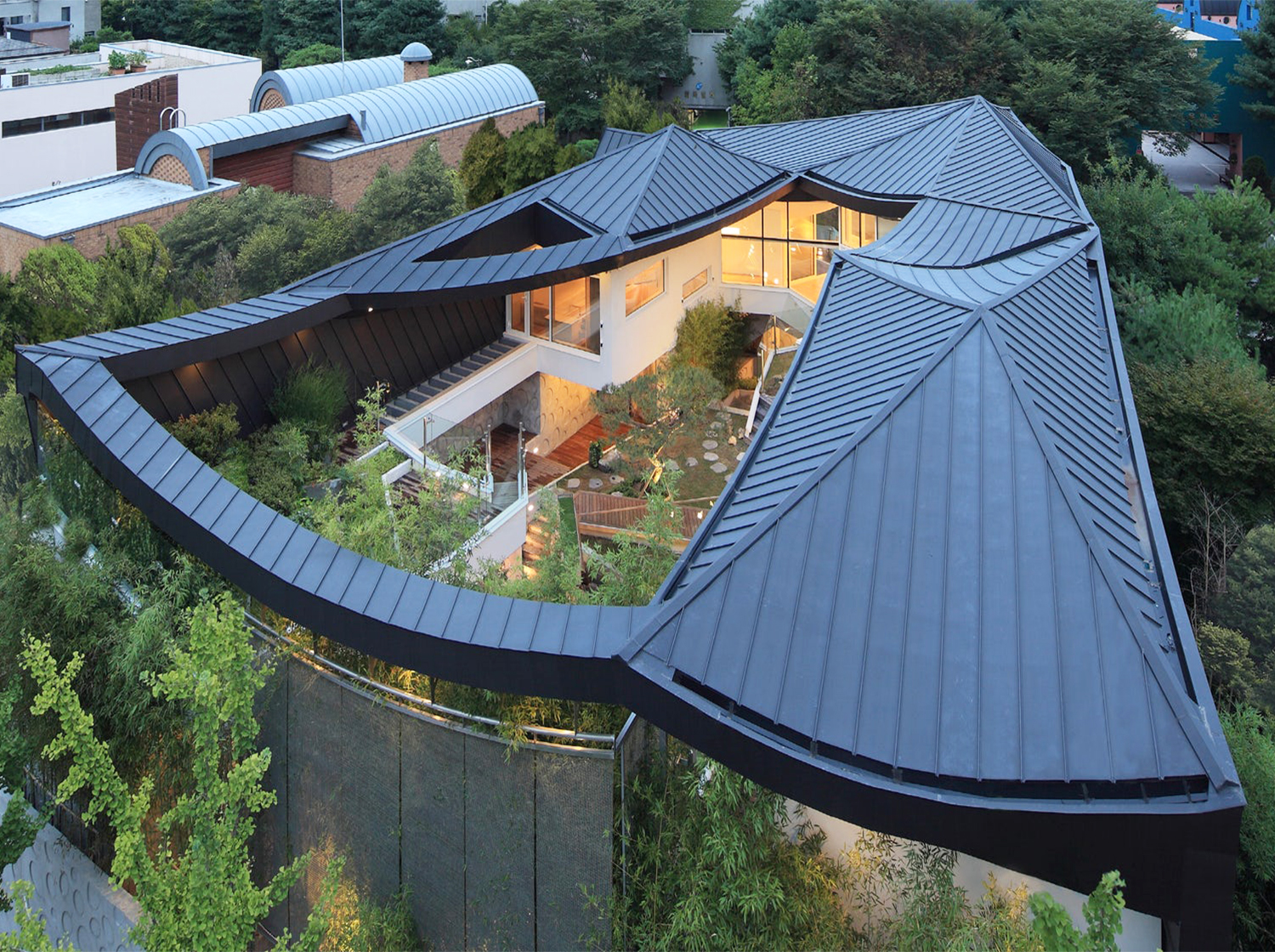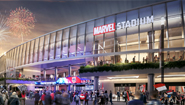Aluminum in Architecture: Embracing Aesthetic Versatility
Author:Jayminton Time:2024-06-26

In the domain of modern architecture, aluminum stands out for its unparalleled aesthetic versatility and design flexibility. Once limited to utilitarian roles in kitchenware and packaging, aluminum has evolved into a cornerstone of contemporary building design. Its unique properties have revolutionized the way architects approach structural aesthetics, offering a dynamic canvas for fostering innovative visions.
The Canvas of Possibilities
Aluminum's aesthetic appeal stems from its ability to be shaped, molded, and manipulated into a myriad of forms. From sweeping curves to sharp angles, aluminum enables architects to translate their creative visions into tangible structures that captivate the eye and inspire the imagination. This versatility allows for the creation of buildings that stand out in urban landscapes, whether through bold, futuristic designs or subtle, minimalist expressions.
Reflective Brilliance
One of aluminum's most captivating features is its reflective surface. This characteristic allows buildings clad in aluminum to interact dynamically with natural light, creating a play of shadows and highlights that evolve throughout the day. As the sun arcs across the sky, aluminum Facades shimmer and change, imparting a sense of movement and life to static structures. This interplay between light and metal not only enhances visual appeal but also imbues buildings with a sense of vitality and dynamism.
Integration with Modern Design Trends
Aluminum seamlessly integrates with modern architectural trends that emphasize sustainability, efficiency, and innovation. Its lightweight nature reduces the structural load on buildings, enabling architects to design taller, more daring structures without compromising on safety or aesthetics. Additionally, aluminum's durability and resistance to corrosion ensure that buildings maintain their aesthetic allure over time, standing as enduring symbols of architectural excellence.
Icons of Aluminum Architecture
From iconic skyscrapers to avant-garde cultural centers, aluminum has left an indelible mark on some of the world's most recognizable buildings. The shimmering exteriors of structures like the Burj Khalifa in Dubai and the Walt Disney Concert Hall in Los Angeles exemplify aluminum's ability to enhance architectural design through its reflective brilliance and sculptural form. These landmarks not only redefine their respective cityscapes but also serve as testaments to the limitless possibilities of aluminum in modern architecture.
Sustainability and Future Prospects
Beyond its aesthetic appeal, aluminum plays a crucial role in sustainable building practices. As a highly recyclable material with a low environmental footprint, aluminum aligns with the growing demand for eco-friendly construction solutions. Architects and developers increasingly turn to aluminum for its ability to achieve both aesthetic beauty and environmental responsibility, ensuring that future generations inherit buildings that are not only visually striking but also environmentally sustainable.
Conclusion
In conclusion, aluminum's aesthetic versatility has revolutionized modern architecture by offering architects unparalleled freedom in design and construction. Its ability to marry form with function, sustainability with innovation, makes it a material of choice for creating timeless buildings that resonate with beauty and purpose. As architectural trends evolve and urban landscapes continue to transform, aluminum stands poised to remain at the forefront of architectural innovation, shaping the skylines of tomorrow with its shimmering allure and enduring appeal.

 S1 Clip-in Metal ceiling System
S1 Clip-in Metal ceiling System JMT-L4.2 U-Baffle System
JMT-L4.2 U-Baffle System JMT Aluminum Wall Cladding
JMT Aluminum Wall Cladding Aluminum Honeycomb Panel
Aluminum Honeycomb Panel Air-Condenser Cover
Air-Condenser Cover Metal Heat Cover
Metal Heat Cover Singapore Changi Airport T2 Arrival
Singapore Changi Airport T2 Arrival Australia Marvrl Stadium City Edge
Australia Marvrl Stadium City Edge Enterprise Information Announcement
Enterprise Information Announcement Construction Industry Solutions
Construction Industry Solutions About Jayminton
About Jayminton Contact US
Contact US